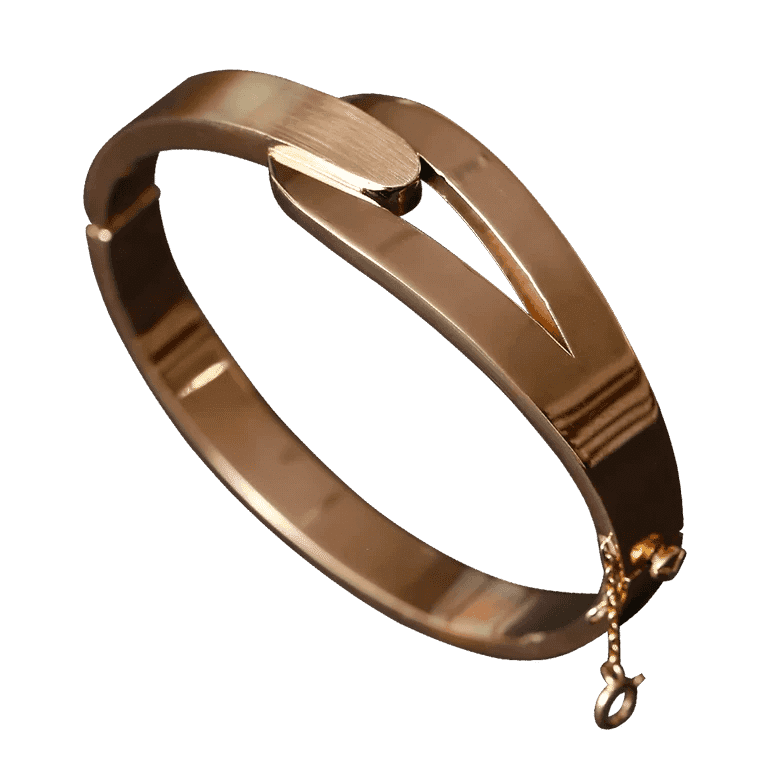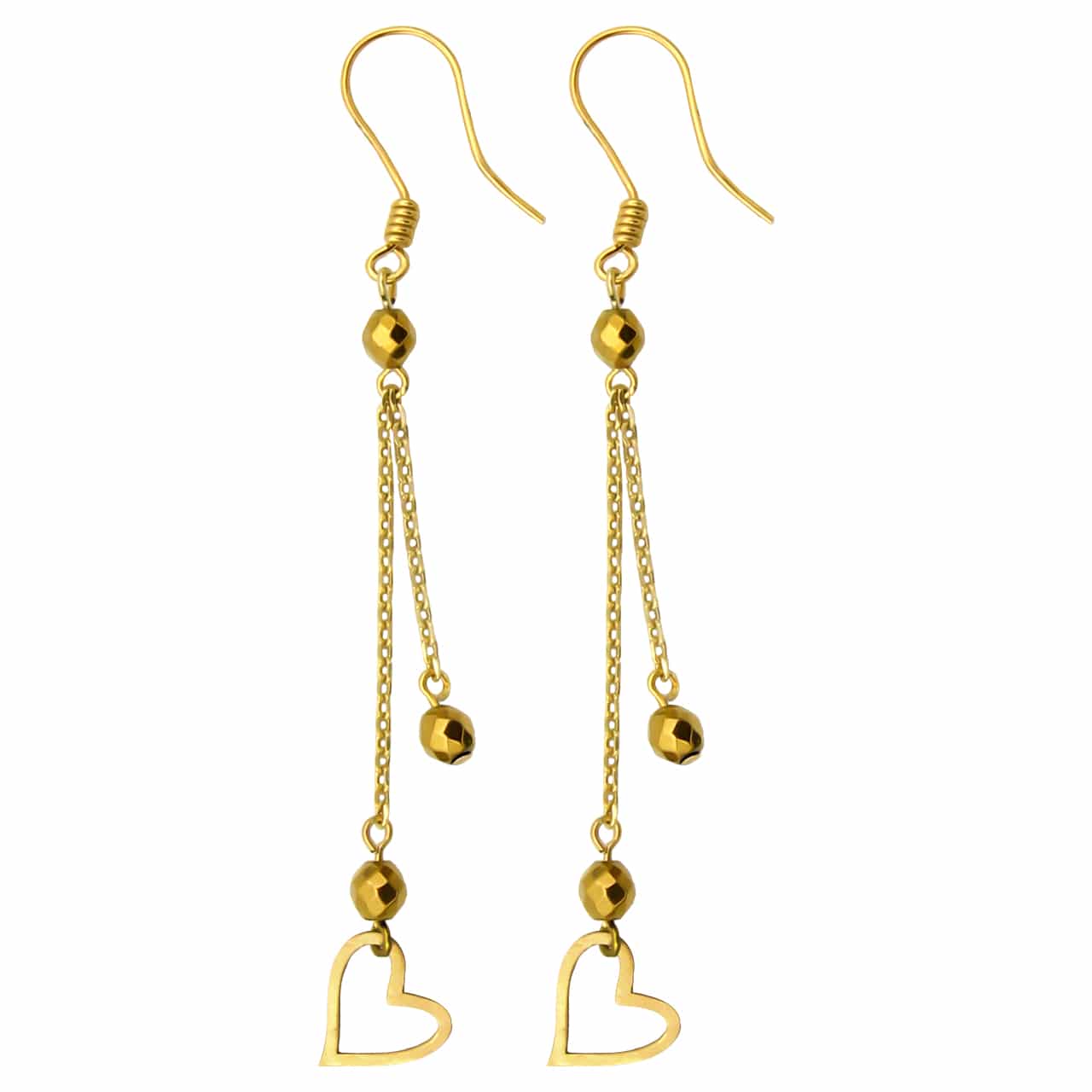The Eye of Horus stands as a profound fusion of ancient ritual, geometric precision, and mathematical insight—rooted deeply in the rhythms of the Nile and the intellectual rigor of Egyptian civilization. Far more than a mystical icon, it embodies a sophisticated worldview where celestial predictability meets sacred geometry, and divine measurement guides human understanding.
The Eye of Horus as a Symbolic Convergence of Ancient Wisdom and Mathematical Precision
In the heart of Egypt’s ancient landscape, the predictable annual flood of the Nile was not merely a seasonal event but a divine rhythm—a celestial clock marking time with uncanny accuracy. This regularity inspired a culture deeply attuned to order, balance, and cosmic harmony. The Eye of Horus emerged as a geometric symbol of this worldview: a stylized representation of the moon’s elliptical path and the divine act of restoration after disruption. Its shape, composed of interconnected segments, reflects an early mastery of fractional decomposition—each part embodying a precise fraction of the whole.
Geometric Embodiment of Cosmic Order
The Eye’s design consists of six distinct arcs, corresponding to the fractions 1/2, 1/4, 1/8, 1/16, 1/32, and 1/64. Their sum—63/64—reveals a near-perfect alignment with the divine order, yet the absence of one sixty-fourth acknowledges imperfection, a concept sacred in Egyptian theology where restoration and healing were central themes. This intentional incompleteness symbolizes both vulnerability and the hope for wholeness, mirrored in rituals of protection and regeneration.
Foundational Numeracy: The Fractional System Embodied in the Eye of Horus
At its core, the Eye of Horus encodes a foundational numeracy system rooted in powers of two—1/2, 1/4, and so on—demonstrating an intuitive grasp of proportional reasoning. The total of 63/64 approximates a divine fraction, suggesting a worldview where mathematical precision served spiritual insight. This fractional structure was not abstract; it underpinned land measurement, temple orientation, and sacred geometry, linking earthly practice to celestial order.
| Key Fractions | Value (64) |
|---|---|
| 1/2 | 32 |
| 1/4 | 16 |
| 1/8 | 8 |
| 1/16 | 4 |
| 1/32 | 2 |
| 1/64 | 1 |
The cumulative 63/64 was not a flaw but a deliberate symbol—reminding practitioners of the need for balance and divine intervention, echoing rituals where healing and restoration were enacted through measured, proportionate acts.
Geometry and Ritual: Precision as Sacred Practice
Ancient Egyptian mathematics was not abstract—it was deeply ritualized. The Rhind Mathematical Papyrus (c. 1550 BCE) reveals sophisticated understanding of area calculations, proportional reasoning, and harmonic division—skills applied directly to sacred architecture and temple layouts. The Eye’s geometric harmony mirrors this precision: its symmetry and balanced segments reflect a cosmos ordered by divine proportion, where every angle and measure served both practical and spiritual purposes.
This connection between geometry and ritual transformed the Eye from a symbol into a functional tool in religious practice—used in healing amulets, temple designs, and protective charms believed to restore wholeness. Astronomical regularity—especially the predictable Nile flood—reinforced the belief that divine order could be measured, anticipated, and honored.
From Ancient Artifact to Modern Icon: The Enduring Legacy of the Eye of Horus
While born in Pharaonic Egypt, the Eye of Horus transcends time. Its geometric purity and symbolic depth have made it a universal emblem of protection, insight, and wholeness. In contemporary psychology, it appears in Jungian analysis as a symbol of the integrated self; in art and design, it inspires balance and harmony; in popular culture, it adorns jewelry, games, and digital platforms—most notably the 10 paylines on Eye of Horus.
This enduring relevance stems from its dual nature: a mystical emblem grounded in measurable order, and a cultural icon rooted in ancient wisdom. The Eye remains a testament to humanity’s timeless quest to find meaning in structure and meaning in the cosmos.
Non-Obvious Insight: The Eye as a Proto-Mathematical Artifact
Long before formalized mathematics, the Eye of Horus encoded advanced conceptual thinking. Its fractional decomposition reveals an early intuition of harmonic balance—a principle later formalized in number theory and harmonic analysis. This symbolic artifact bridges ritual practice and abstract reasoning, illustrating how ancient cultures encoded mathematical insight into sacred objects.
By embedding precise fractions within a sacred form, the Egyptians encoded not just geometry, but a philosophy: that wholeness emerges through measured imperfection, and that divine order is both measurable and restorative. The Eye of Horus thus stands as a **proto-mathematical** artifact—where ritual, symbolism, and early math converge into a singular, enduring expression of human understanding.
As the ancient Nile’s rhythm taught predictability, so too does the Eye teach balance—between imperfection and restoration, between ritual and reason, between the seen and the sacred.
“The Eye of Horus is not merely a relic of myth—it is a geometric statement of cosmic order, where every fraction tells a story of balance, healing, and divine measurement.”






